10 Important Items You Should Have, But Might Not Think Of Bringing On Your Bike Tour
For the most part, packing for a trip by bike is really a simple process. If you plan to camp, bring a tent and a sleeping bag. If you plan to cook, bring a stove and a fuel canister. And no matter where you plan on going, be sure to pack a few extra pairs of socks and underwear.
But what about the stuff that isn’t obvious? What about the stuff that most people forget… or simply didn’t know to pack in the first place?
Well, you’re in luck! Because today I’ve compiled a list of 10 items I think are very important, but many people forget to bring on their bike tours.
1. Camera Tripod/Mount

Most bicycle tourists now travel with a camera of some kind. Whether it be a compact handheld or a over-sized DSL with a giant zoom lens, bringing a tripod and/or mount of some kind is an excellent idea. There will surely be times on your travels when you want to get in the photo yourself… and without a tripod or mount, this could be very difficult to do. Traveling with a partner or two makes snapping photos easier, but if there’s no one around, you’re alone, and you want to get in the photo, then a camera tripod or mount will certainly save the day.
2. Needle & Thread

My needle and thread literally saved my shorts on my second long distance bike tour through the Midwest of the United States. I was on a train, on my way to Kansas, when I sat up quickly to run to the dinning car, and the button on my fly popped completely off my shorts. I went from suddenly feeling hungry… to suddenly feeling a draft. Luckily, I had remembered to pack a needle and thread inside my panniers. So, while holding my shorts in place with one hand, I pulled out my emergency sewing kit stashed away inside my panniers with the other hand and ran to the restroom to quickly attend to my shorts. A few minutes later, the button was sewn back into place and I was up and walking like a normal person again, just a few minutes later. The lesson here is that a needle and thread can certainly come in handy when traveling by bike. Not only will you use these items to repair broken buttons, but also to sew up rips and tears in your panniers or tent, to mend broken shoe laces, or to do a plethora of other tasks you might encounter on your travels. Of course, knowing how to actually sew will help you use these items if the time ever comes for such a thing.
3. Spare Rack Screws
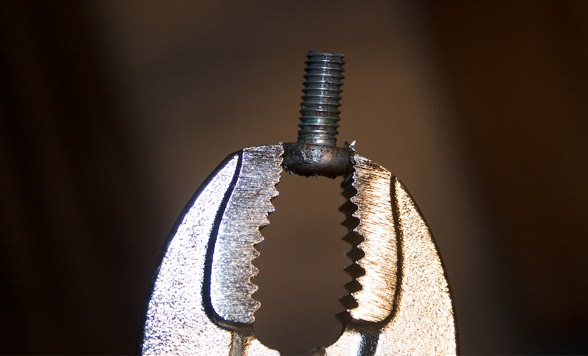
Rack screws are the small metal screws that are used to attach your front and rear racks to the frame of your bike. These little guys are notorious for wiggling themselves loose while you ride, so packing a few extras is always a smart idea. You can usually pick up a couple of these screws for free from your local bike shop. And if you can’t get any there, your local hardware store should have something that will work. Just know that losing a rack screw while out on the road isn’t a big deal… as long as you have an extra or two hidden away inside your panniers or trailer.
4. Camp Towel

It’s hard to believe, but some bicycle tourists still travel with a full size bath towel. These traditionally large and elegant towels are nice, but they take up a huge amount of room (an entire pannier in some cases) and weigh a ton! I guess some people just don’t know there’s a better option. The camp towel, which is a lightweight, fast drying product produced by a number of companies around the world, is one of the quickest and easiest ways to save precious space inside your packs and cut down on your bike’s overall weight. They come in a number of different sizes and colors… and while they may not be as nice and fluffy as your bath towel back home, they’re a must have for any bicycle traveler.
5. Mini USB Cord

A USB mini cord is the small gray or black cord that is typically included with the purchase of a new digital camera. I’ve brought this compact item with me on almost all of my long distance bicycle tours over the past nine years and it’s come in handy several different times. Not only is this tiny piece of electronic hardware ideal for uploading pictures to a nearby computer (whether that be a public computer or your own personal laptop or netbook), but the cord can also be used to transfer files between an external hard drive and some digital video cameras. Over the years, this little cord has been my backup system for my digital photos and files. When the computer I’m using doesn’t have a memory card slot, I use my USB cord. When I want to transfer a file downloaded off a public library onto my camera, so I can access the file at a later point in time, I use my USB cord. And when I’m syncing my laptop with my external hard drive, I use my USB cord. It’s small, doesn’t weight much, and isn’t used very often, but when you need it, you’ll sure be glad you have it.
6. Hat
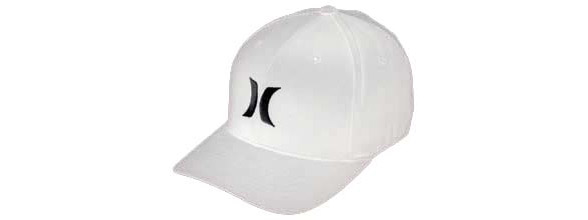
Most (not all) traveling cyclists carry a helmet of some kind. But not all cyclists carry a hat. This surprises me… because I, well, am a hat person. Not only is a hat of some kind good for keeping the summer sun off your head, neck and face, but it’s a great way to cover up your helmet hair once you step off the bike at the end of a long, hard day. I have carried a traditional baseball cap on just about all of my bicycle tours, but the type of hat you end up using is ultimately up to you. A hat, nevertheless, is a good item to add to you packing list.
7. Extra Camera Battery
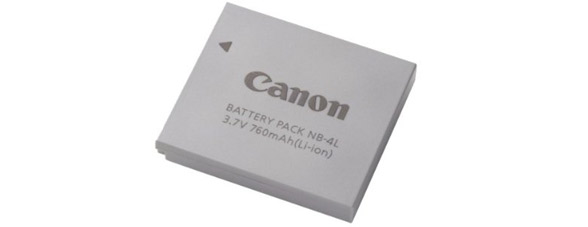
If you’re traveling with a digital camera, bringing an extra battery or two might be a good idea. Most digital camera nowadays are sold with lithium batteries, which when dead, must be charged up before being used again. This, of course, can be a challenge for traveling cyclists. If you find yourself out in the middle of nowhere, with on one around, no buildings in sight, and your camera battery goes dead, it could be hours and/or days before you have a chance to recharge your battery again. And in the meantime, you could be missing some incredible, once-in-a-lifetime shots, as you cycle past without a functioning camera. For this reason, I always recommend that if you are planning to travel with a camera that uses lithium batteries, make that extra investment and buy yourself an extra battery. These batteries are still pretty expensive, but you’ll be glad you have an extra once your battery dies out on the road and you’ve got nowhere to recharge it.
8. Business Cards

You’re bound to meet people on your travels who will be interested in what you are doing. And many of these people will want to keep in touch with you once your tour comes to an end. But rather than having to grab a pen a paper every time someone wants your contact information, you might consider carrying a small pile of business cards instead. On the cards, list your name, email address, mailing address, phone number, website and any other information you feel comfortable giving out. Then, whenever someone asks for your contact info, just pull out a business card and hand it to them. This is especially useful for riders seeking to raise money for charitable causes or for cyclists with websites seeking to gain new readers/followers.
9. Toilet Paper
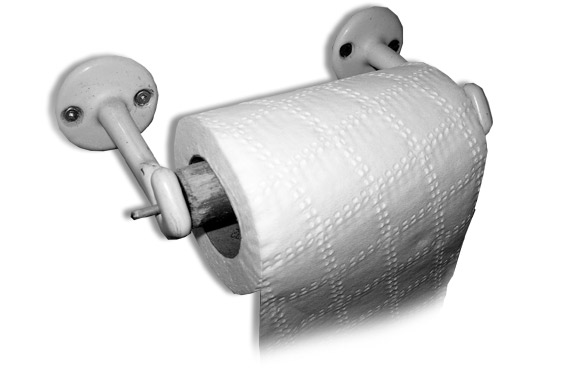
You know what this is for! But many cyclists don’t pack an extra roll for emergencies. They figure there will always be a toilet around when they need one, but that isn’t always the case! There are times then you might need to resort to extreme measures and perform your business in a place that is far from equipped with standard bathroom supplies. In such cases, a half roll of toilet paper really does come in handy.
10. Important Computer Documents

Finally, you might consider carrying important computer documents from your home or work computer with you on your travels. Whether you carry your important financial statements, a list of passwords, family photos, or whatever it may be, bringing these pieces of information with you on the road is now possible thanks to digitization and the easy access that worldwide Internet provides. You can carry your computer documents on a standard SD or memory card, like the one used in your digital camera, or you can carry a USB stick and store your important documents on there. Either way, you’ll be glad you have those documents with you when it comes time to use them.
What other important items might a bicycle traveler need or want to bring with them on their travels that they might not ordinarily think of?
Needle and thread photo by jfrancis. Screw photo by Honda CB77 Restoration.

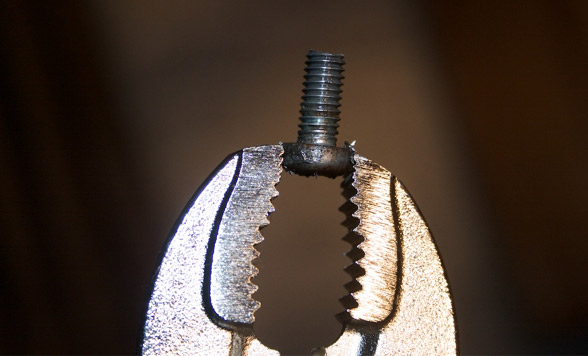
I would suggest a different tripod. I’ve had one very similar to the one you show (it might have been the same brand), it will work in a pinch but there are better ones to be found. I finally picked up a Gorillapod and it is _far_ more useful and functional. Tthey make several models for different sized cameras including digital SLR sized ones. It adjusted far better to uneven surfaces than the one you linked to and you can even wrap it around a pole or branch if needed. It is stable, endlessly changeable, and works far better.
There is a very similar tripod to the Joby Gorillapod, but I’ve heard it doesn’t last as long or as well since all the joints are too loose to begin with.
> I carry with an “ultrapod” mini-tripod (2oz), which can also mounted to poles, tree branches or handlebars (for 1st person type videos!) It works well when I actually use it!
> I also highly recommend earplugs, which are very useful for blocking out excess noise such as: city sounds, “unnatural” nature sounds, or snorers in traveler’s (youth) hostels. I’ve become such a “light” tent sleeper on tour now I’m even considering bringing over the counter sleeping pills also.
> Nail clipper also very useful!
> Extra ziplock baggies!
Another thing I carry is a small hiking (fiberglass, not metal) umbrella. It’s great to have when you stop to read a map or take a picture while on the bike in the rain. It’s also handy when cooking or setting up a tent in the rain.
Thanks, Jack
Just trying to get the email touring book mentioned above.
Thanks
One thing you should not forget ,especially if you come to Australia , is some form of personal fly/insect repellant.Here we have roll on versions that can be carried in your handlebar bag.
Can I add number 11.
A Muggers Wallet, basically keep expired or credit/debit cards for closed accounts, some photos of random people (from a magazine), some US dollars and local currency in a wallet. Keep this where people normally carry a wallet and keep your real one somewhere else. If your unlucky just hand it over, I keep quite a bit of money in it, enough to satisfy a mugger say $150+ that stops them searching you or your bike for more stuff.
Forgot to mention above, I also have an expired passport, some old flight tickets, old insurance papers etc. so if they do ask for that stuff I handover more duff Ids.
Very peculiar advice, Carl! The “fake” wallet is an intriguing idea, but that’s a lot of prep work to do for something that will probably never happen (in all but the most inhospitable countries) But there’s no frigging way I’m handing over $150 of real money to a mugger! I just rather kick the ever-loving shit out of them…
Excellent packing list.
Just used it to compile my own for a short 3 day expedition on my bike.
Thanks for the info
Planing a trip from San Francisco to Los Angles and I have been trying to find a detailed map of places to camp on the way down .didnt know if you can help. Also I just got a Terk 520 touring bike, is that a good bike
Thanks Stuart.
Stuard, the Trek 520 will be a great touring bicycle for your trip down the California Coastline. I’ve cycled that route myself and I can’t remember where all the individual campsites are, but this book (Bicycling The Pacific Coastline) will tell you everything you need to know.
Sunglasses. It’s only after you’ve been whacked in the eyeball by a high velocity insect that you know how important they are.